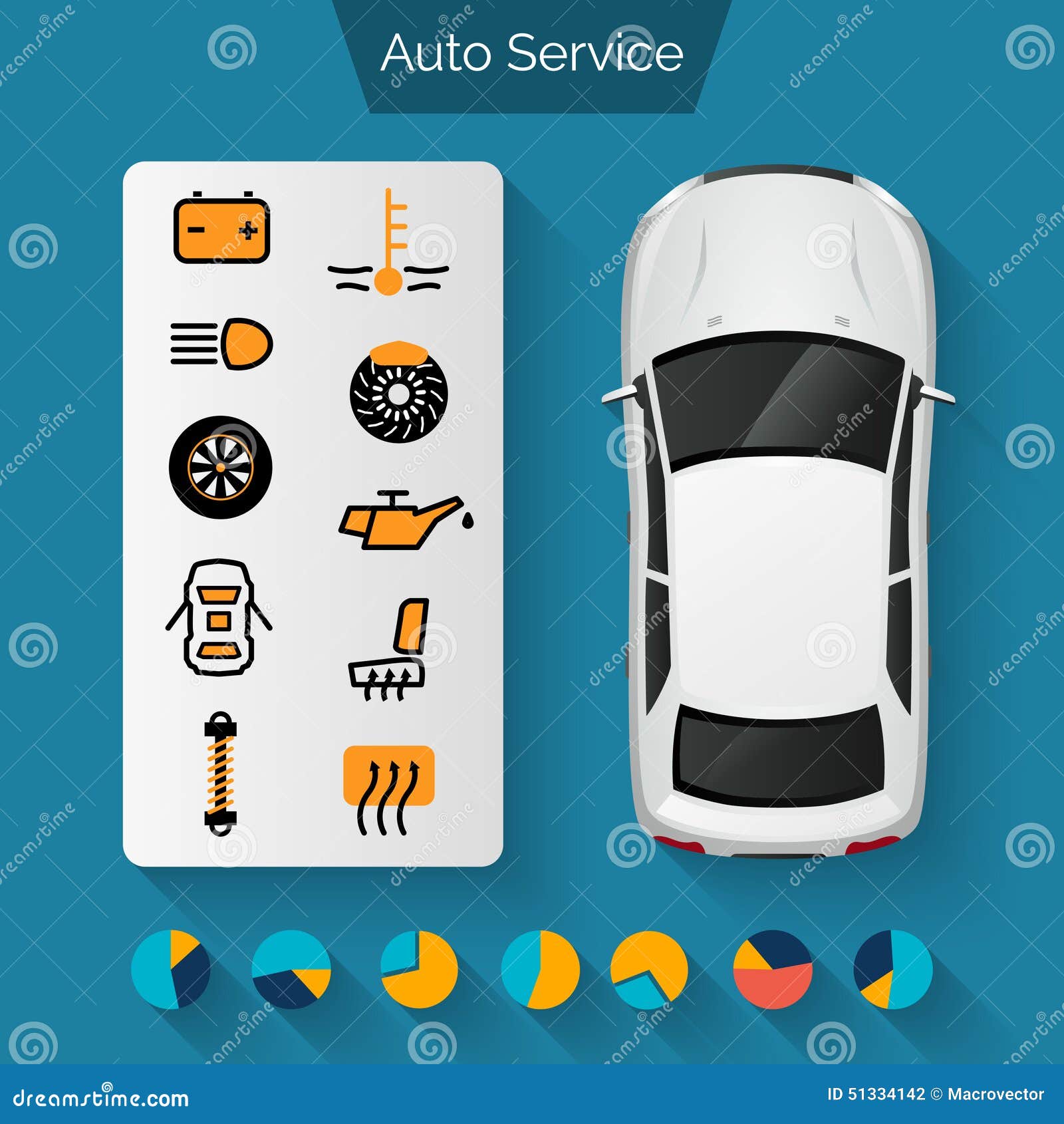Comprehending Your Auto'S Warning Lights: What Do They Really Mean?
Comprehending Your Auto'S Warning Lights: What Do They Really Mean?
Blog Article
Content By-Hartley Corbett
When you lag the wheel, those glowing warning lights on your control panel can be a little bit bewildering. Do you know what they're trying to tell you regarding your cars and truck's health and wellness? Comprehending the relevance of these lights is important for your safety and the longevity of your vehicle. So, the following time one of those lights appears, would not you intend to decode its message precisely and take the required actions to resolve it?
Common Warning Lights and Interpretations
Identify common warning lights in your automobile and understand their significances to make sure safe driving.
One of the most regular warning lights include the check engine light, which signifies issues with the engine or discharges system. If this light begins, it's crucial to have your automobile checked immediately.
The oil pressure alerting light suggests low oil pressure, calling for instant interest to stop engine damage.
A blinking battery light may suggest a faulty billing system, possibly leaving you stranded if not resolved.
The tire stress surveillance system (TPMS) light informs you to low tire pressure, influencing automobile security and gas performance. Ignoring this might bring about hazardous driving problems.
The abdominal light suggests a trouble with the anti-lock braking system, jeopardizing your capacity to stop promptly in emergencies.
Finally, the coolant temperature level cautioning light warns of engine overheating, which can cause severe damage if not solved swiftly.
Understanding these common caution lights will help you resolve issues without delay and keep safe driving conditions.
Significance of Prompt Interest
Comprehending the common warning lights in your cars and truck is only the first step; the relevance of promptly resolving these cautions can not be stressed enough to ensure your safety and security when traveling.
When a caution light illuminates on your dashboard, it's your cars and truck's method of interacting a potential concern that needs attention. Overlooking https://beckettjdxrl.blogdal.com/31623892/recognizing-your-cars-and-truck-s-warning-lights-what-do-they-really-mean can result in extra severe problems later on, jeopardizing your safety and security and possibly costing you more out of commission.
Motivate focus to cautioning lights can prevent malfunctions and mishaps. For instance, a blinking check engine light could suggest a misfire that, if left ignored, could create damage to the catalytic converter. Resolving this without delay can conserve you from a pricey fixing.
Similarly, a brake system cautioning light could signal reduced brake liquid or worn brake pads, crucial parts for your safety when driving.
DIY Troubleshooting Tips
If you notice a caution light on your dashboard, there are a couple of do it yourself fixing pointers you can attempt before looking for specialist aid.
https://www.ratchetandwrench.com/articles/12552-hawaii-repair-shop-keeps-it-old-school is to consult your car's guidebook to understand what the certain caution light indicates. Occasionally the issue can be as easy as a loosened gas cap setting off the check engine light. Tightening up the gas cap might settle the problem.
Another typical concern is a reduced battery, which can trigger different advising lights. Inspecting the battery connections for deterioration and guaranteeing they're safe may fix the trouble.
If a caution light continues, you can try resetting it by disconnecting the auto's battery for a couple of mins and then reconnecting it. Furthermore, checking your car's liquid degrees, such as oil, coolant, and brake liquid, can aid repair alerting lights connected to these systems.
Verdict
To conclude, comprehending your automobile's warning lights is vital for maintaining your car running smoothly and securely. By quickly addressing these notifies and understanding what they suggest, you can stay clear of costly fixings and prospective break downs.
Keep in mind to consult your car's handbook for specific information on each cautioning light and do something about it accordingly to make certain a hassle-free driving experience.
Keep notified, stay risk-free when traveling!
